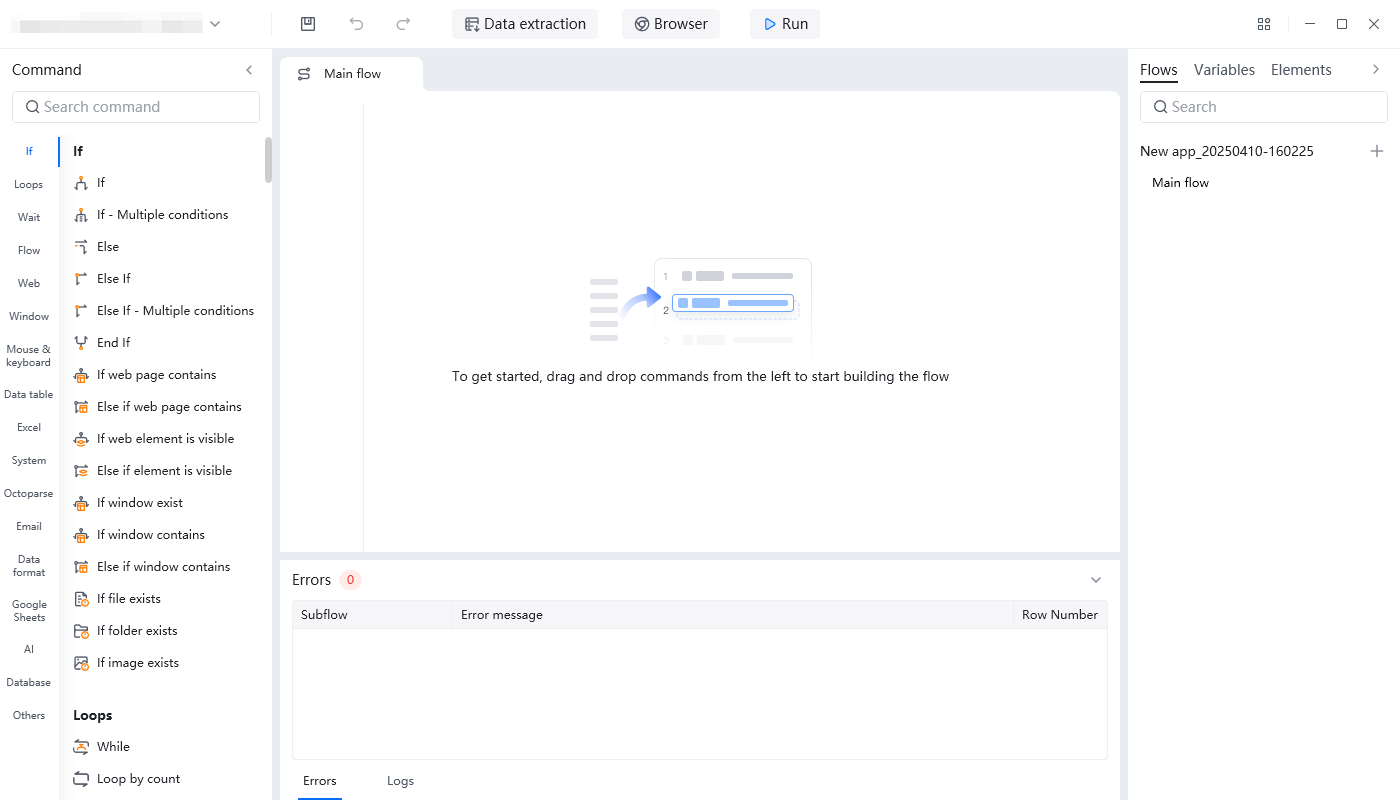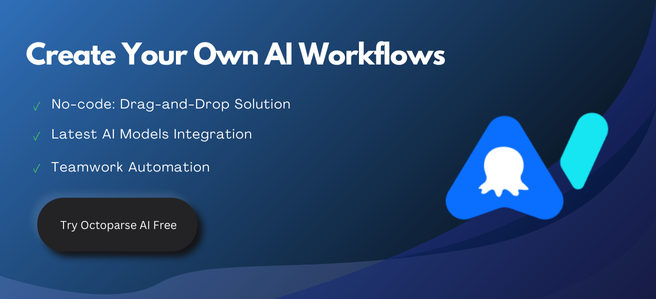Intelligent automation is transforming complex business operations by combining robotic process automation (RPA) with advanced artificial intelligence and machine learning capabilities. By 2025, more than 80 percent of organizations are predicted to adopt these solutions, with adoption accelerating across all sectors, from finance to manufacturing.
In this article, we’ll explore how to combine intelligent automation and RPA more efficiently to increase productivity and spare more time for creative work.
What is Intelligent Automation and how does it work?
Intelligent automation transforms complicated business processes, adapts, and learns by AI automation. It combines advanced technologies like artificial intelligence (AI), robotic process automation (RPA), and business process management (BPM) to streamline workflows and improve decision-making.
Each component plays a distinct role, they work together to create a system capable of handling both structured and unstructured data, enabling businesses to automate complex processes effectively.
Combining RPA with adaptive AI systems, organizations can achieve comprehensive end-to-end workflow automation that scales with business needs and adapts to evolving challenges.
Intelligent Automation vs. Robotic Process Automation (RPA)
When talking about automation, two terms often pop up: Intelligent Automation (IA) and Robotic Process Automation (RPA). While they sound similar, they work in very different ways. Let’s break them down in simple terms.
RPA is like a robot assistant that follows strict instructions. It’s great at repetitive, rule-based tasks—think of copying data between systems, filling out forms, or processing invoices. For example, if you need to move customer details from emails into a spreadsheet exactly the same way every time, RPA can handle it quickly and without errors. But there’s a catch: RPA can’t learn or adapt. If the task changes slightly (like a new field in a form), the bot breaks down until someone updates its instructions.
Intelligent Automation (IA) is RPA’s smarter cousin. It uses AI technologies—like machine learning, natural language processing, or computer vision—to handle tasks that require judgment or decision-making. For instance, IA can read an unstructured customer email, understand the sentiment, categorize the issue, and even suggest solutions. Unlike RPA, IA learns from data over time. If a process changes (e.g., new regulations), IA can adjust on its own without needing manual tweaks.
Benefits of Intelligent Automation
Automate repetitive tasks and increase efficiency
Intelligent automation accelerates the pace of digital transformation, especially in the post-COVID-19 era. Organizations are increasing productivity by automating repetitive tasks and reallocating resources to higher-value projects.
Utilizing intelligent automation can help you adapt to changing market demands while maintaining operational excellence. This not only reduces errors, but also ensures consistency in workflow, which improves overall quality. Businesses can also benefit from faster turnaround times. For example, it can deliver higher-quality products faster, increasing customer satisfaction and enhancing competitive advantage.
Lower operating costs and optimize resource allocation
Cost reduction is one of the most compelling benefits of intelligent automation. Most organizations leverage automated processes and optimized resource allocation to save on all costs of operations.
In addition, intelligent automation simplifies IT operations and increases efficiency. Automated monitoring and response systems can enhance security while reducing the costs associated with data breaches. These improvements not only reduce costs, but also ensure compliance with established standards and minimize business risks. Reallocating resources from low-level tasks to strategic plans maximizes the value of human resources and stimulates innovative thinking.
Improve ROI with AI-assisted decision making
Intelligent automation powered by artificial intelligence transforms the way organizations make decisions by reducing human error and providing references to the right decisions. This enables you to make data-driven decisions faster that are aligned with your business goals.
According to news reports, organizations such as USI and HUB International have used AI to revolutionize their processes.USI has increased its data processing speed by 80% with automated processes, while HUB International has improved its insurance service processes through intelligent automation. It’s clear to see that intelligent automation has begun to improve outcomes by streamlining workflows.
By integrating AI into your business, you can confidently make informed decisions when analyzing large amounts of data and predicting trends. This ability not only improves efficiency, but also sets your organization up for long-term success.
Practice Applications in Different Industries
Adopting intelligent automation requires a methodical approach. It starts with a clear definition of goals and a thorough analysis of existing processes. Develop a comprehensive implementation plan, including timelines and responsibilities. Test and validate the solution before deployment to ensure it meets your requirements.
Employee engagement is also critical. Involving employees in intelligent decision-making can alleviate concerns about job displacement and foster a sense of innovation. Establishing an AI center can further increase productivity and accuracy, ensuring the right decisions are made over time.
Finance and Banking
Intelligent automation is revolutionizing the finance and banking industry by streamlining operations and enhancing the customer experience. For example, some companies have optimized their data management processes by implementing automation, significantly reducing cycle times. Such improvements can save organizations huge amounts of money each year in several areas. Meanwhile, banks can use automation to cut customer service wait times in half or more, allowing employees to focus on more strategic and creative tasks.
Alongside intelligent automation, significant progress has been made in risk management. This highlights how intelligent automation can increase efficiency, reduce costs and improve compliance in the financial sector.
Healthcare
The adoption of intelligent automation in healthcare organizations can improve the efficiency of care and operations. This allows healthcare professionals to spend more time on patient care.
Medical centers like hospitals have used smart solutions to improve the efficiency of same-type case reviews, optimize observation rates for the vast majority of patients, and enhance the assistance and treatment of patients, allowing them to receive more targeted treatment and care. These advancements demonstrate how intelligent automation is transforming healthcare by making it faster and more accurate.
Retail and E-commerce
Retail and e-commerce companies are utilizing intelligent automation to stay competitive in a rapidly growing market. E-commerce companies using automation have reported varying degrees of revenue and sales growth. AI automation has helped merchants improve customer satisfaction, and businesses have nearly tripled the amount of search traffic and user conversions they receive.
By integrating intelligent automation at all stages, e-commerce companies and retailers can not only optimize inventory management, personalize the customer experience and streamline the order process. These improvements not only boost sales, but also build long-term and loyal relationships with customers.
No-code Automated Workflow Building Tool
Octoparse AI is a tool to build automated processes by dragging and dropping different commands, through which you can easily build automated processes without the need of code knowledge.

By integrating with AI, Octoparse AI not only enables automatic data scraping, but also cleanses and organizes the acquired data, and completes the automated raising of social media accounts, personalized reach of Leads, automated shelving of e-commerce products, and so on with the help of AI.
In order to let users quickly experience the convenience brought by automation, this tool also has nearly 100 pre-set automation apps. To use the apps, you just need to enter the required parameters to run them, and the vast majority of them are free!
Conclusion
All in all, intelligent automation is an advanced technology that streamlines workflows across multiple industries, provides actionable recommendations for decision-making, and most importantly, improves the productivity of businesses and employees. And while the combination of AI and RPA transforms repetitive tasks into dynamic, end-to-end workflows, this synergy drives digital transformation, enabling organizations to scale operations, reduce costs, and improve customer satisfaction.
Don’t know where to start? Octoparse AI will be your best choice. First, you need to identify processes that can benefit from automation, start experimenting with small apps, test feasibility and refine your strategy. Gradually scale up while ensuring compliance and employee engagement. This approach ensures a smooth transition and maximizes the value of intelligent automation in your organization.
